
Wood Types for Horse Stalls. Ask 10 different horse owners which type of wood they prefer to use for building horse stalls and you will probably get 10 different answers. While many types of woods can be used, choosing a type of wood that is strong and durable will help ensure that your horse has a stall that is safe and built to last.
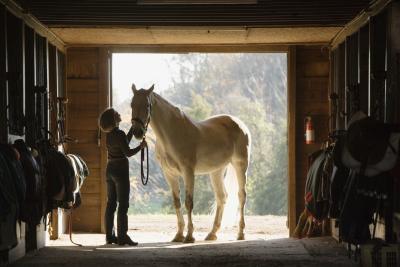
Valued for being bug- and moisture-resistant, cypress (gopher wood) often gets chosen as the wood for a stall enclosure because many horse owners are told that horses don’t like to bite (called cribbing) on cypress wood. Unfortunately, some horses will chew on any type of wood, and although cypress does have some great qualities, keeping a bored horse from gnawing on it is not one of them.
There is often some hesitation about using hemlock because it is often confused with the hemlock plant. The hemlock plant (Cicuta Maculata) grows in wet areas and is highly toxic to humans and animals. The hemlock tree, however, is a hardy wood suitable for building a stall, though it's not as commonly used because of its cost and availability.
Thought to be the best wood for building a horse stall, oak is well-liked since the wood is sturdy and holds up well to abuse (such as horse kicking). Rough oak (unsmoothed wood), bought from a sawmill, can often be cheaper than regular oak boards and is great to use when a larger enclosure is needed. Boards should be at least 2 inches thick. If building additional stalls, boards should start at the floor and go upward to five feet with no gaps in between. This will keep stall mates from bothering each other.
Not as durable as oak but considerably cheaper, pine is often the first choice when cost is an issue. Pressure-treated pine is stronger than untreated, but care should be taken using treated wood on the top part of stalls, since cribbing horses may bite on the wood. Many horse owners use pressure-treated pine at the bottom of the stall where water and manure are more prone to accumulate, then switch to untreated wood at the top of the wall to prevent the horses from ingesting treated wood.
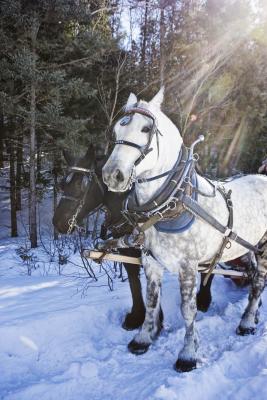 How to Feed Your Horse
How to Feed Your Horse
How to Feed You
How to Feed Your Horse
How to Feed Your Horse
How to Feed You
 How to Calculate How Much to Feed a Horse
How to Calculate How Much to Feed a Horse
How to Calculate How Much to Feed a Horse
How to Calculate How Much to Feed a Horse
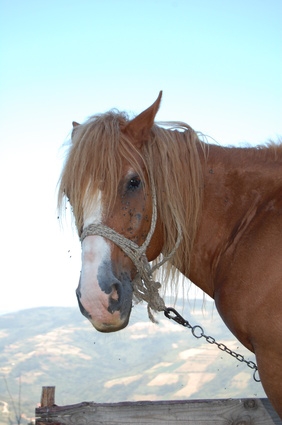 How to Train a Horse to Sit
How to Train a Horse to Sit
How to Tra
How to Train a Horse to Sit
How to Train a Horse to Sit
How to Tra
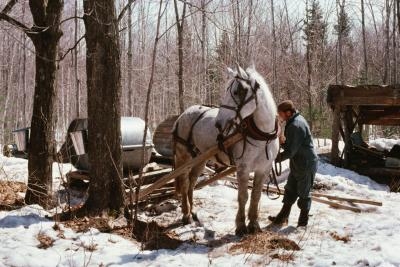 How to Hook Up a Horse Harness
How to Hook Up a Horse Harness
How to
How to Hook Up a Horse Harness
How to Hook Up a Horse Harness
How to
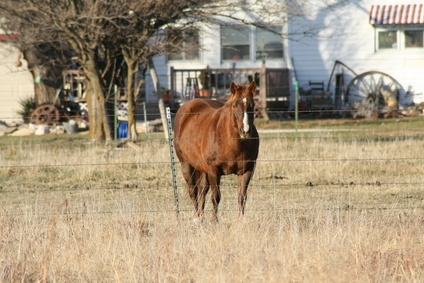 Horse Fence Height Requirements by Breed
Horse Fence Height Requirements by Breed
Horse Fence Height Requirements by Breed
Horse Fence Height Requirements by Breed
Copyright © 2005-2016 Pet Information All Rights Reserved
Contact us: www162date@outlook.com